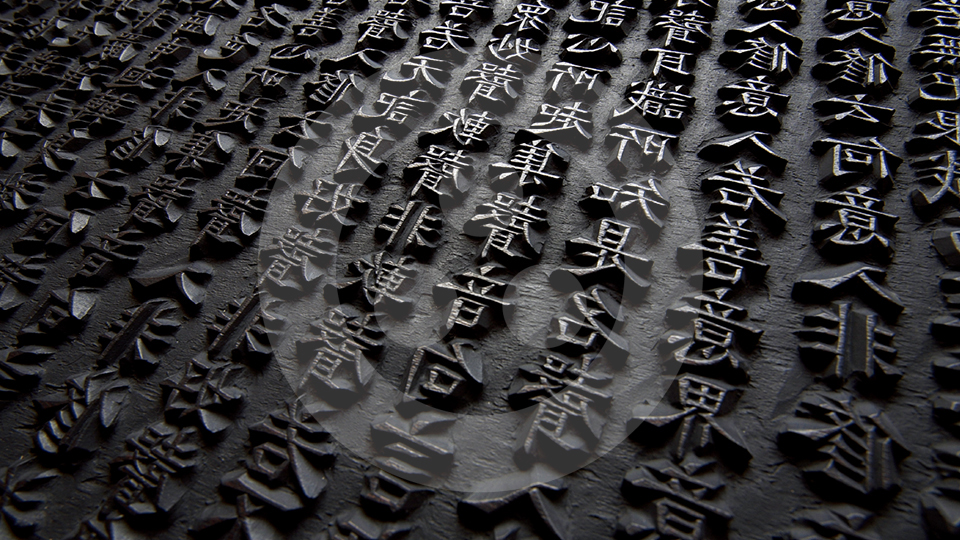Jogye Order of Korean Buddhism
Seon thought, which was introduced from China in the late Silla era, developed into the establishment of the Gusan Seonmun (Nine Mountain Seon Schools), including the Gajisan School, which revived the spiritual culture of Korea. The Jogye Order is rooted in these original nine schools. The founding patriarch of the Jogye Order was State Preceptor Doui who introduced Seon to Korea for the first time. Two state preceptors of Goryeo named Bojo and Taego are revered as restoration patriarchs of the Jogye Order.

Doui
The policy of suppressing Buddhism during the Joseon era greatly weakened Buddhism, and for quite a while monks and nuns were banned from entering the Joseon capital, and Buddhism became isolated in the mountains. It was in 1895 when monastics were finally allowed to enter the capital city again. Then, in 1899, under the leadership of Master Gyeongheo, monks organized a Buddhist practice community at Haeinsa Temple. With this as momentum, a modern Seon tradition began to be developed that consolidated a philosophical foundation for reestablishment of the Jogye Order. Eventually, the Won Order and Imje Order were established, and efforts to revitalize Buddhism by becoming more active in cities were made. However, these endeavors were soon suppressed following a crackdown by the Japanese colonial government.
Leading the resistance and liberation movements against the occupying Japanese forces were eminent monks like Yongseong and Manhae. Movements to establish independent religious orders of Korean Buddhism were undertaken, including: in 1921, Seonhagwon (Academy for Seon Practitioners) was established; in1929, a monastic conference for Korean Buddhism was held, which was attended by both the meditative and doctrinal schools; in 1935, the Seon School of Joseon Buddhism was established; and in1937, a movement to establish a central headquarters of Korean Buddhism began. Finally, in 1938, the main dharma hall of Jogyesa Temple was established in the heart of Seoul as the central headquarters. In 1941, the Jogye Order of Joseon Buddhism, distinctly Korean and free from Japanese influence, was established. This was the first legitimate Buddhist order in modern Korea and the precursor of the present-day Jogye Order of Korean Buddhism.

Following Korea’s liberation from Japan in 1945, Seon monks who had preserved the Korean Buddhist tradition began a purification movement to restore the celibate monastic tradition and take back temples from married monks, a remnant of the Japanese colonial occupation.
Finally, in 1955, the Jogye Order was firmly reestablished as a celibate order. On April 11, 1962, the Jogye Order of Korean Buddhism was officially established with three main goals: to train and educate, to translate sutras from traditional Chinese into modern Korean, and to propagate the dharma. And between 1947 and 1949, a group of monks organized a reform movement at Bongamsa Temple advocating “Living According to the Teachings of the Buddha.” This provided an opportunity for establishing the fundamental principles and traditions of the Jogye Order, as well as officially sanctioned ceremonies.


